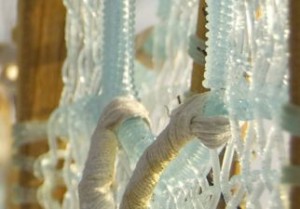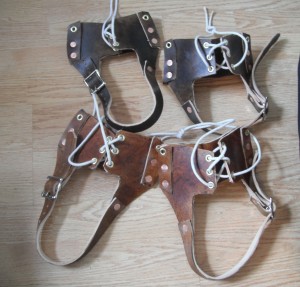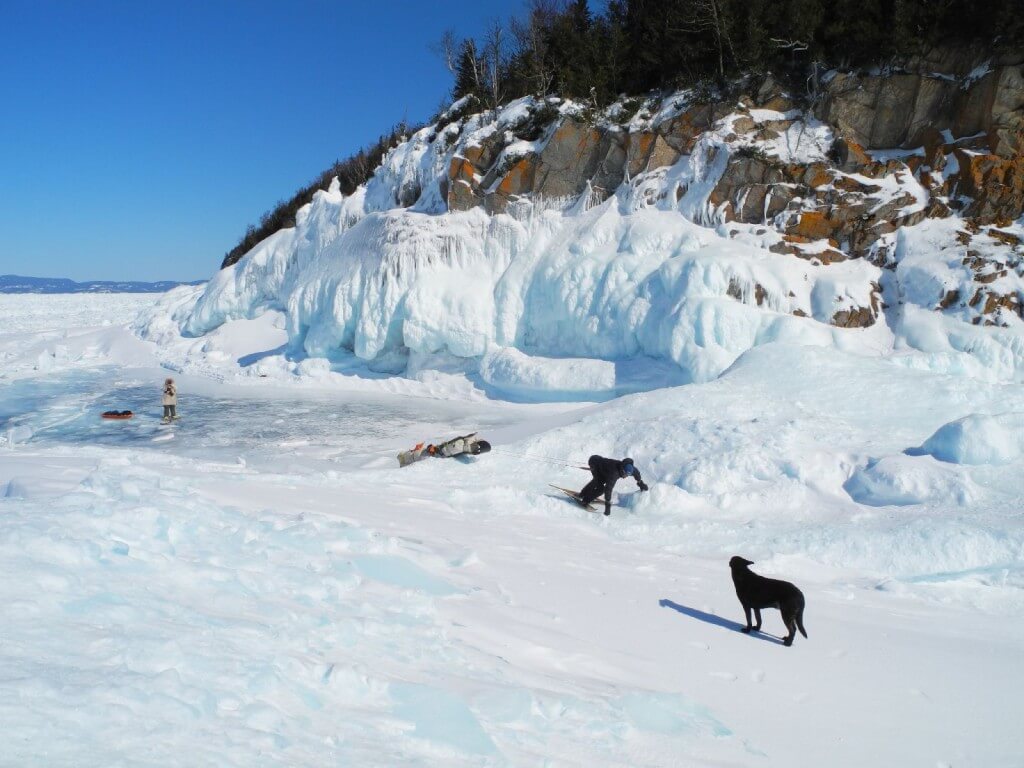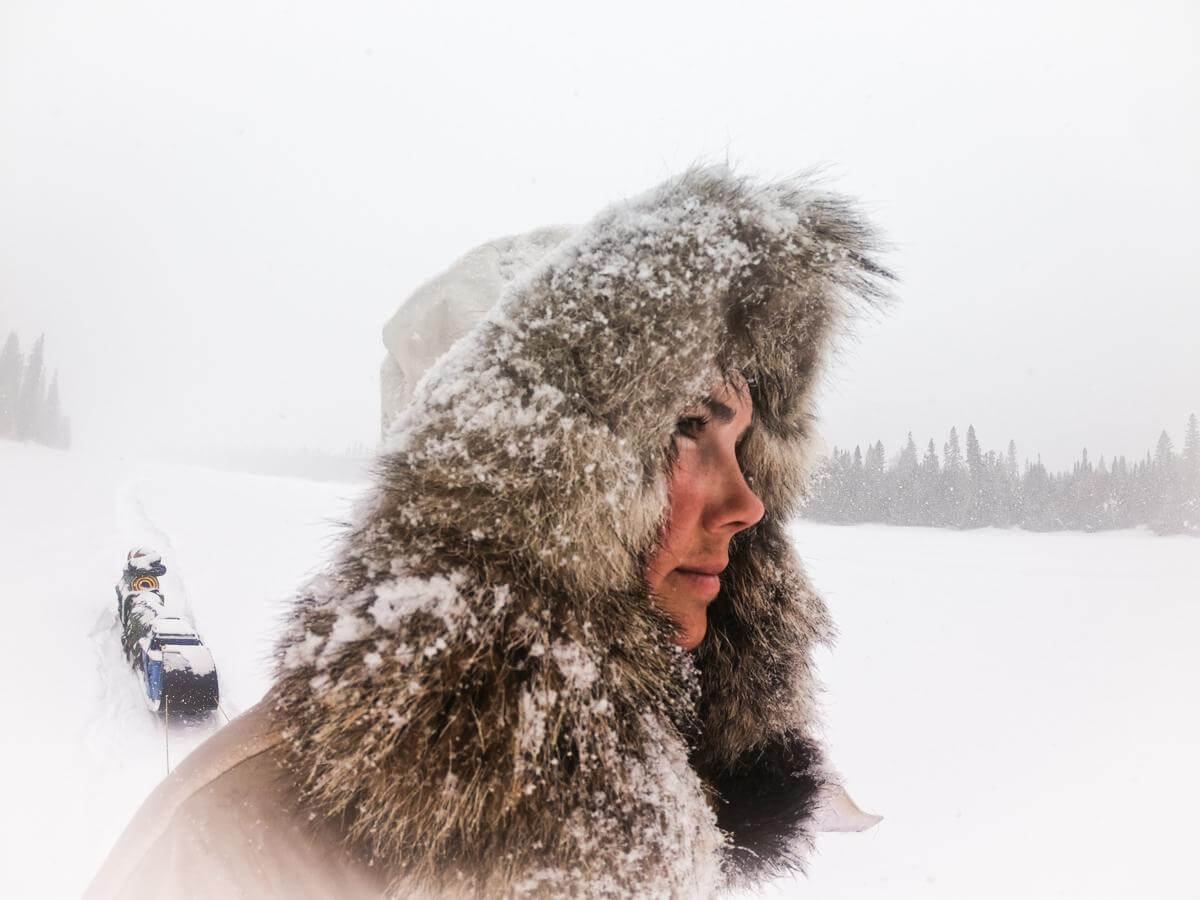| Basic Principles |
|
|
A snowshoe binding designed for traditional winter use differs in many respects from a binding used for technical alpine travel. In general a binding for northern travel should be: lightweight, durable, easy to repair or replace, comfortable and easy to don and doff. Somewhat surprisingly, a complex binding is not required (or desired), perhaps because traditional shoes tend to be well balanced and inherently track well. Below are three types of bindings we regularly use. For all snowshoe binding purchases please head over to our friends at LOTN Outfitters and they will get you set up! |
| Binding Styles |
|
| 1. Lampwick Bindings |
|
| Pros: Incredibly practical bindings tied from 1″ cord (traditionally hide, now more commonly cotton lamp wicking). These are by far our favourite bindings, offering a very secure fit; hands-free on and off, and are light, simple and economical.Cons: Lampwick bindings will take on water and freeze, but a bit of use softens them right back up. When frozen, lampwick bindings can reduce blood flow to toes more than other styles, fortunately it is easy to twist your foot out of the binding during breaks to warm up. Lampwick needs to be re-tied for different sized footwear, thus are most suited to an individual user.
PLEASE NOTE! We have now lost our premium source of lampwick (all gone!) and have struggled for the past few years to find an alternative that has been has long lasting or equally as functional. Therefore we have moved towards the rubber bindings as the next best alternative. |
|
| 2. Leather Bindings |
|
| Pros: Our leather bindings are relatively simple and quite durable. They cover a wide surface area, and thus are very comfortable. They are easily adjusted to fit a wide range of different users.Cons: These bindings are heavier and more expensive than lampwick. They do not offer hands-free on and off, and after a serious wetting and re-freeze they can become cumbersome to properly fit to your foot. We carry these on expeditions as an alternative for those participants that have trouble with lampwick bindings. | |
| 3. Rubber Bindings |
|
| Pros: Rubber bindings are simple, light, and offer easy on and off. They will fit a narrow range of different footwear without any adjustment. Perhaps most importantly they are completely waterproof, making them a great choice during spring thaw and slush! They never change except over time stretching out.Cons: Rubber bindings cannot be adjusted. If you are outside the size range of the binding they will require (permanent) modifications to fit. The stretch in these bindings makes them less great for climbing steep hills.
NOTE: These are now our preferred snowshoe binding for our expeditions. They don’t look as cool as the lampwick, but they are a hassle-free binding that Kie has been using since returning from Alone back in 2020 including walking across Ontario on the big T.O.E in 2022. |
|




